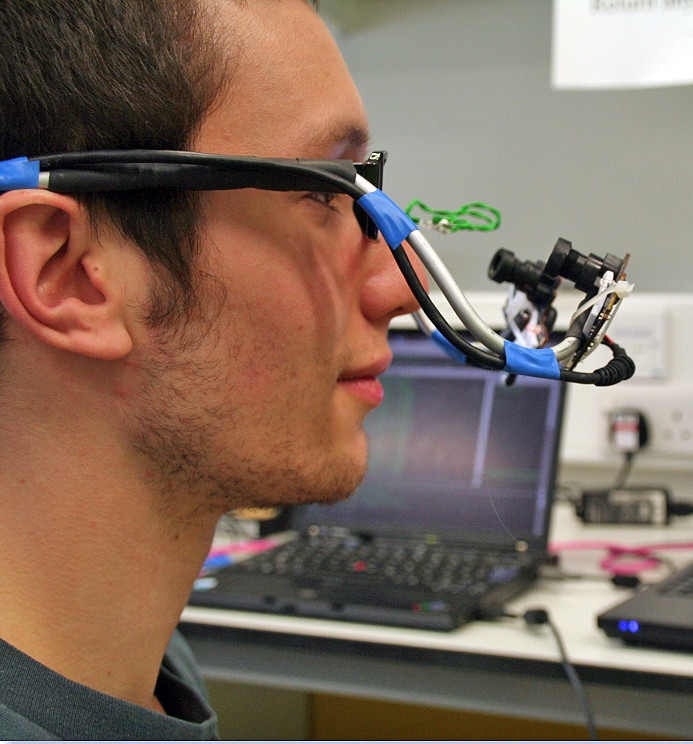User Intention Decoding: £20 Camera System Lets You Control a Wheelchair With Your Eyes

Scientists at Imperial College have invented a cheap solution that enables people with spinal cord injuries to control and steer a wheelchair, using only their eyes.
Dr Aldo Faisal and his colleagues have spent the last four years using neural technology to develop software that can detect and decode eye movements in human behaviour, turning these movements into directions.
"Even if you have a spinal injury, the one thing that doesn't change is eye movement, so we built a non-invasive system that can decode eye movement [using] cameras to see where you are looking," Faisal told IBTimes UK.
Brainwaves too expensive
At the Imperial College Brain and Behaviour Lab, Faisal and his colleagues developed a system in 2010 to enable an individual to write on a screen simply by looking at a virtual keyboard.
Three years later, they succeeded in controlling a robot arm lying on a table and in enabling a group of people to play an arcade game using just their eyes.

Now, in 2014, the team have created a prototype costing just £20 ($33.50) that can be simply attached to a wheelchair and hooked up to a laptop, which will enable people to steer with their eyes.
"If you want to help people who cannot move, you need to get information out of their head into the physical world, and that's pretty tricky," he explained.
Although other scientists are focusing on moving objects using brainwaves, Faisal believes eye movements present a far more feasible solution.
He says that a brainwave cap "is not only very expensive, but we've heard from manufacturers and healthcare organisations that patients won't adopt the technology as it feels too unnatural and it's too complicated to use."
Faisal also says that user intention decoding can generate information at 40 bits per second in 10 milliseconds, which is much faster than brainwave technology, which takes half a second to pick up a brain signal.
Looking to the future
Faisal believes that eye movement technology will become ubiquitous within the next five years, and could benefit up to 78% of the UK population.
The technology could be used to help not just paraplegics, but also people who have any form of difficulty moving their hands, arms or legs, such as people suffering from Parkinson's disease or arthritis.
The next step for Imperial College is to commercialise the decoder system.
"We are currently seeking partnerships and funding, and if we can get the funding, then we hope to bring the wheelchair to market within 2 years," Faisal said.
© Copyright IBTimes 2025. All rights reserved.






















